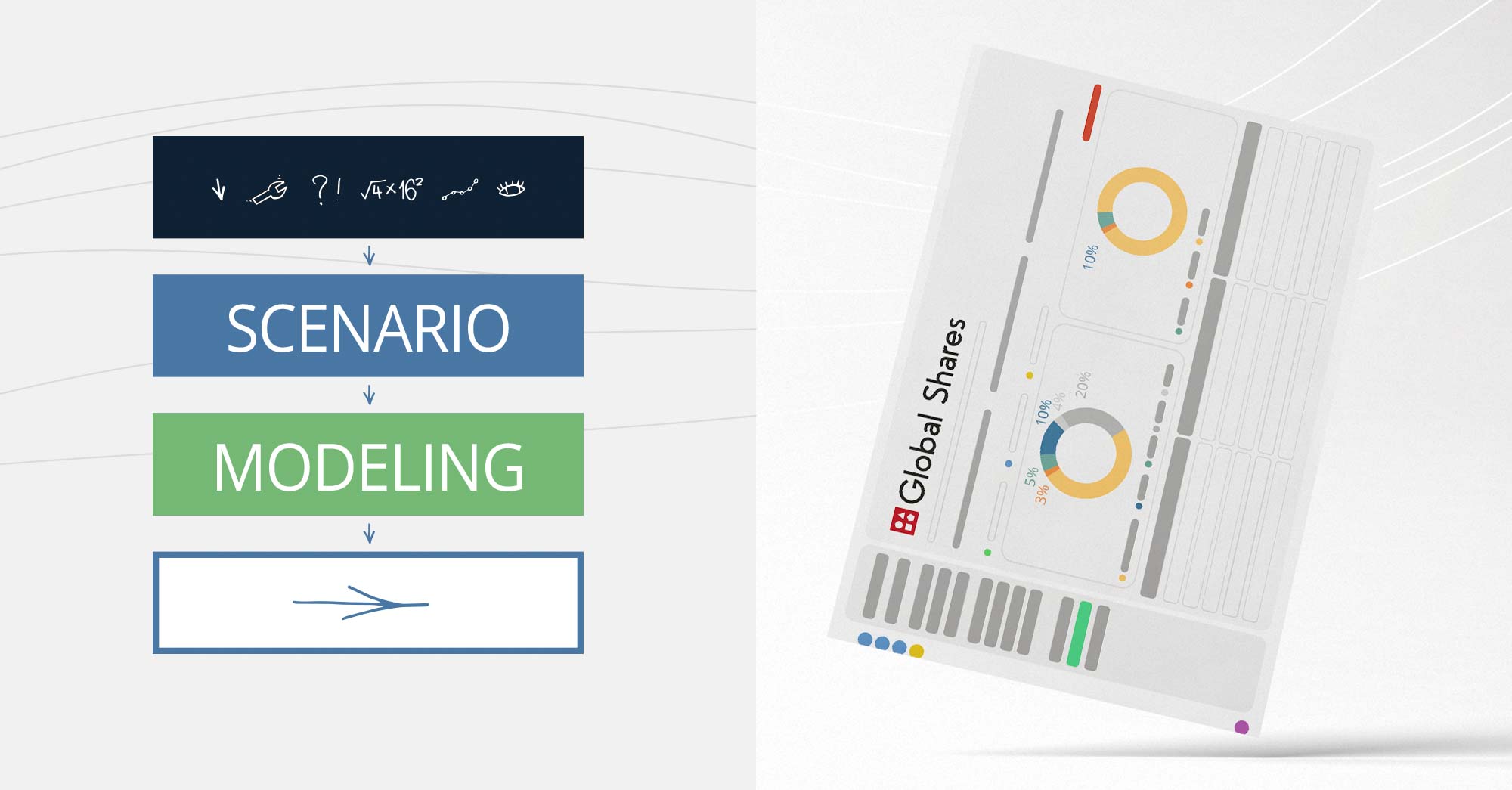Your cap table is the most important part of your growing company.
If you’re a founder or CEO or even a CFO, you’ve probably heard this a million times. (At least, hopefully, you have.) There’s a reason that this is repeated like a mantra.
It’s simple, and it’s true.
It bears explaining this, because if you haven’t heard this before, or even if you have but you’re just not convinced, it’s the first thing you need to understand. Many people might instinctively think the idea is most important. Others might think their leadership abilities are the real driver of their business. And these are important parts, for sure, but they don’t compare to the cap table.
So, before we get into the incredible things that you can do with a great cap table – first let’s take a look at why cap tables are so important.
Why are cap tables so important?
A cap table is a document that shows the owners and the breakdown of ownership in a company.
An investor looks to make an investment in your company, in return for an ownership stake. Simply put, they give you money, and you give them shares.
So, it’s critically important for the investors to know how much those shares are worth. That depends on two things. How much the company is worth or will be worth. And how many shares have already been distributed, and the structure of the distribution.
It’s very hard to know how much a company will be worth – the world changes so quickly and is filled with plenty of great ideas. But with a single glance at a well-built cap table, they can see exactly what their investment is worth.
If you have a great idea, but your cap table is poorly constructed or is incomprehensible then the investor is more than likely going to pass. Because if your cap table is poorly designed, there is a much greater chance that you have made a serious mistake, or missed something in your ownership. You can have the best idea in the world, but if an investor can’t trust your cap table (or even read it), then you won’t get funded.
Investors also need to understand how diluted the company is. If they’re receiving 10,000 shares, is that 10% of the company or .01%? It directly impacts their return on investment, and therefore their decision making.
Now that you know why it’s so important to have a great cap table, hopefully, you are ready to upgrade to a dynamic and comprehensive cap table. Once you do, you’re ready to transform this essential tool into a valuable asset – one that can help you make the best decisions for your company.
Round modelling
Imagine your fundraising round with investors went great. So great in fact that you have an incredible amount of term sheets, offers and terms of investment. The choices you make in investors can directly impact the sustainability and success of your company and even having a choice of two or three can be overwhelming.
Our Cap Table round modelling feature can help facilitate your fundraising needs by letting you run, name, duplicate, and save multiple scenarios simultaneously. You can break up proposed investments among new and existing investors and use it to display the percentage changes in equity ownership across each shareholder line. Basically it allows you to model potential scenarios.
When it comes to making such major decisions you won’t want to leave anything to chance, but you’ll want to make the decision making process as quick and easy as possible too. With Global Shares’ cap table management software you can make sure that your cap table is presentable, accurate and makes a great first impression to investors – and then when they’re impressed that same software can be used to help you decide on choosing the best offer.
Please Note: This publication contains general information only and J.P. Morgan Workplace Solutions is not, through this article, issuing any advice, be it legal, financial, tax-related, business-related, professional or other. J.P. Morgan Workplace Solutions’ Insights is not a substitute for professional advice and should not be used as such. J.P. Morgan Workplace Solutions does not assume any liability for reliance on the information provided herein.



